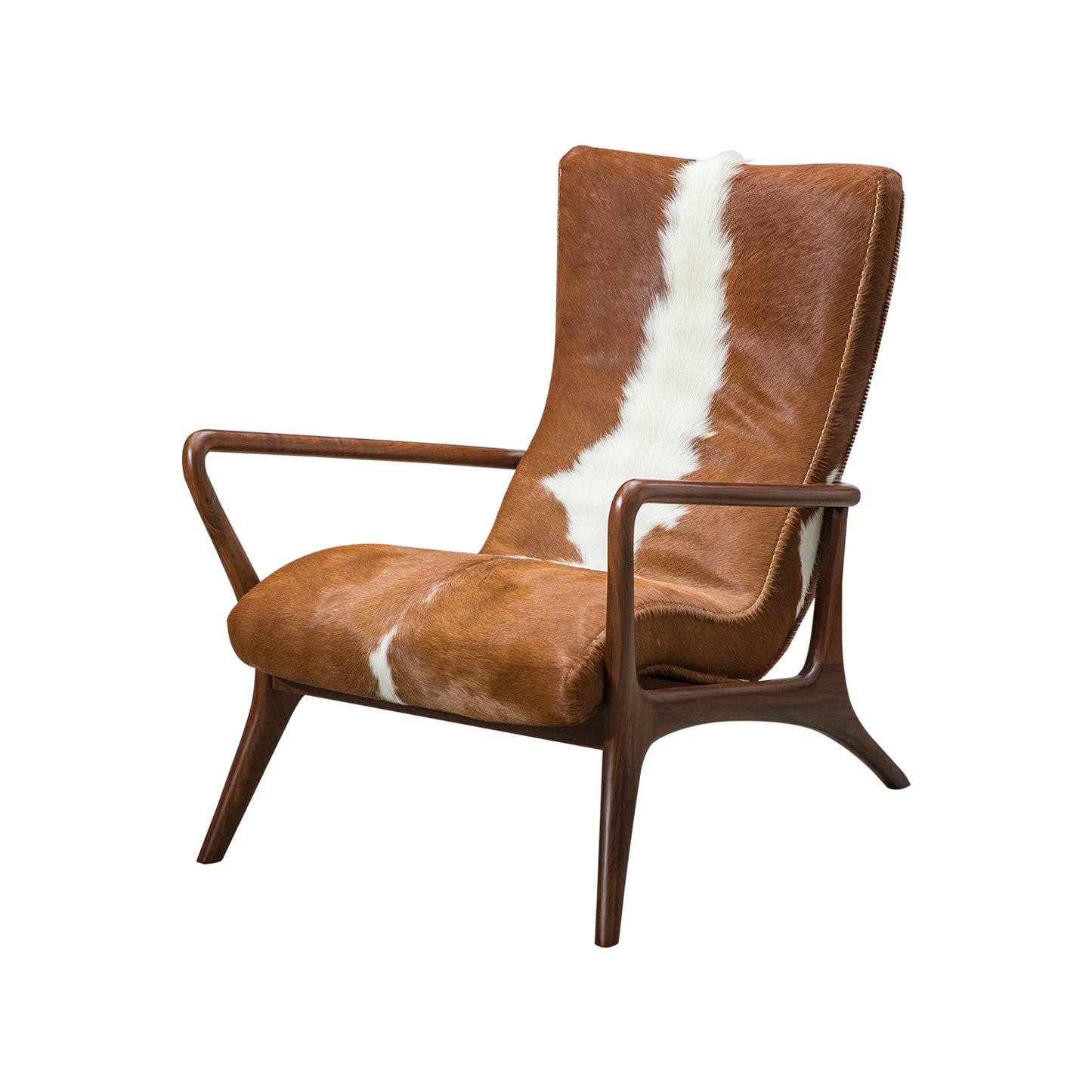Chairs have long been a fundamental element of interior furniture, serving not only as functional pieces but also as reflections of cultural and artistic movements. The journey of chair design is a fascinating tale that spans centuries, showcasing the evolution from ornate thrones to sleek, minimalist forms.

Chairs in Ancient Civilisations
In ancient times, chairs were symbols of power and status. For instance, the thrones of Egyptian pharaohs and Roman emperors were elaborately designed, often adorned with precious materials. These chairs were not merely for sitting; they represented authority and were integral to ceremonial occasions. Have you ever wondered how such designs influenced modern aesthetics?
- Materials: Ancient chairs were crafted from wood, stone, and metals, showcasing the artisans' skills.
- Functionality: While primarily decorative, these chairs were also designed for comfort, albeit in a limited sense.
- Symbolism: The grandeur of these chairs conveyed messages about power and divinity.
Chairs Through the Ages
As we moved into the Middle Ages and the Renaissance, the design of chairs began to evolve significantly. The introduction of upholstery transformed chairs into more comfortable seating options. During this period, the high-backed chair became popular, often featuring intricate carvings and rich fabrics.
In the 18th century, the emergence of styles such as Rococo and Neoclassicism further diversified chair designs. These styles emphasised elegance and artistry, leading to the creation of iconic pieces like the Louis XVI chair. Would you consider these historical designs as precursors to contemporary chairs?
Modern Minimalism and Functionality
The 20th century marked a significant shift in chair design, with movements like Bauhaus and Mid-Century Modern prioritising functionality and simplicity. Designers such as Charles and Ray Eames revolutionised the way we perceive chairs, focusing on ergonomic design and innovative materials.
- Ergonomics: Modern chairs are designed to support the human body, enhancing comfort and productivity.
- Materials: The use of plastics, metals, and sustainable materials has become prevalent.
- Style: Minimalism has led to clean lines and uncluttered forms, appealing to contemporary tastes.
The Future of Chair Design
As we look to the future, the evolution of chairs continues to be influenced by technology and sustainability. Smart chairs equipped with sensors and adjustable features are emerging, catering to the needs of a dynamic lifestyle. Furthermore, the emphasis on eco-friendly materials is reshaping the furniture industry.
For those interested in exploring a diverse range of modern chairs, consider visiting  . This collection showcases the latest trends in chair design, reflecting both style and functionality.
. This collection showcases the latest trends in chair design, reflecting both style and functionality.
Conclusion
In conclusion, the evolution of chair design is a testament to human creativity and adaptability. From the majestic thrones of ancient civilisations to the sleek lines of modern minimalism, chairs have transformed significantly while retaining their essential purpose. As we continue to innovate, the future of chairs promises to be as exciting as its past.







